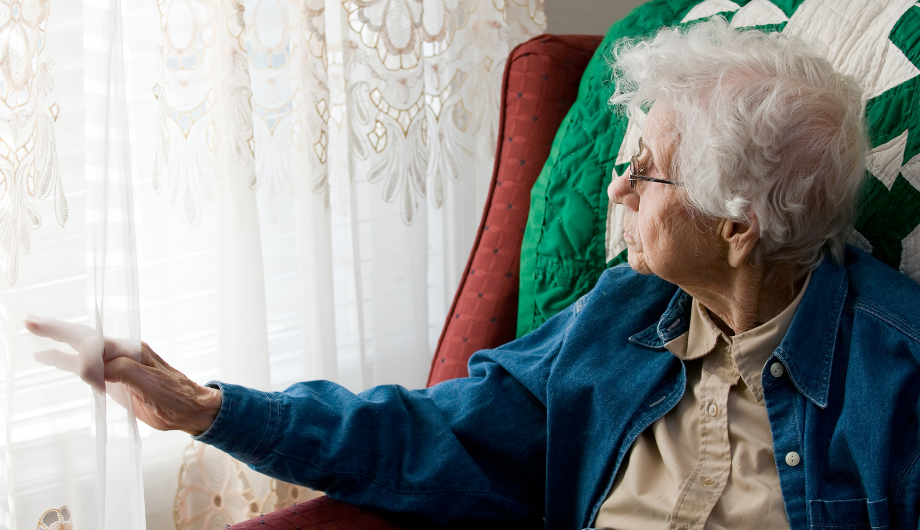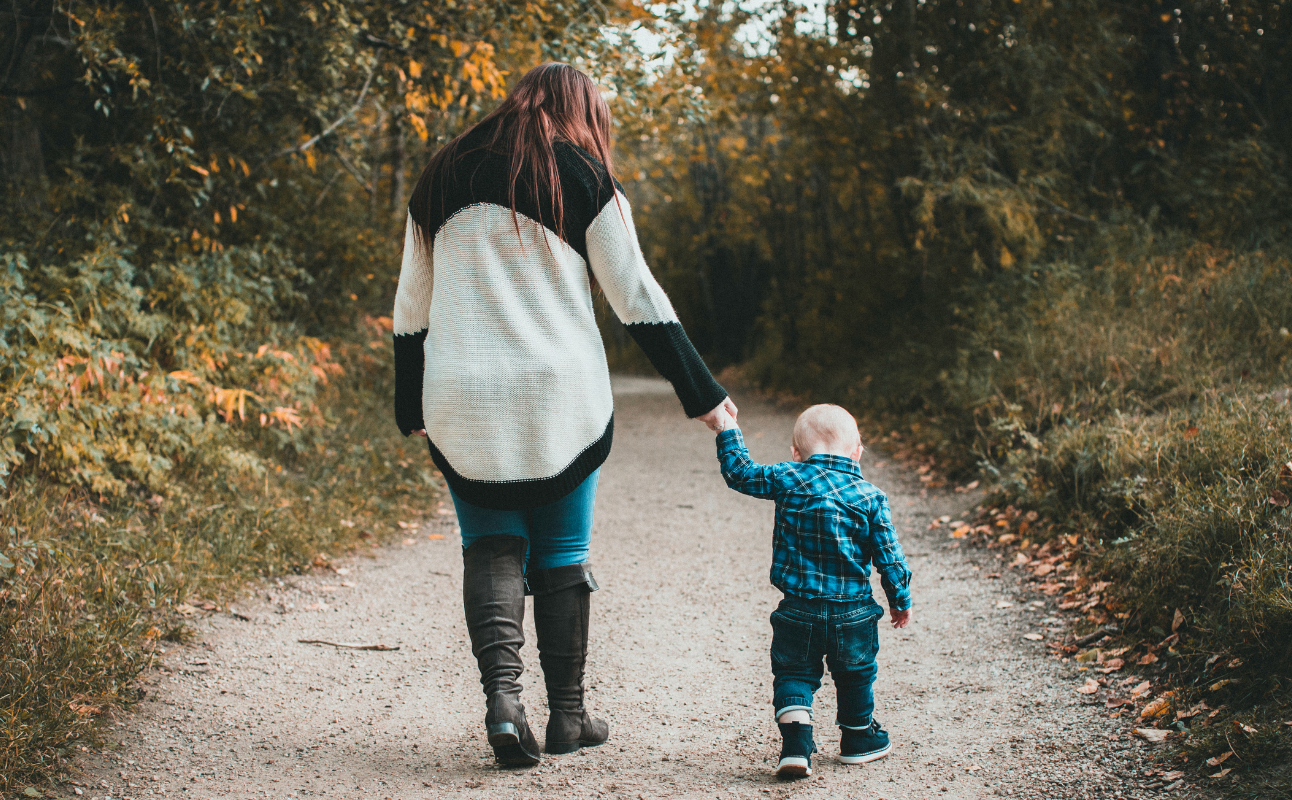
We need to make people safer sooner- regardless of who they are or where they live
In this blog Jane Evans, Senior Research Analyst at SafeLives explores the findings from our recent National Briefing on length of abuse and access to services. Jane talks about why it is so important we develop our understanding of the length of time people experience abuse for and the barriers to accessing support.
The average length of time someone will live with domestic abuse before getting help is three years. This is a statistic I’ve heard countless times since working for SafeLives, but it’s so important that we don’t stop questioning why, or thinking about what it really means.
Three years is a long time. Just think about the last three years of your life and what has changed for you in that time. Now imagine that throughout those years your life was dominated by a fear of someone close to you, perhaps even a fear that they would kill you.
That’s why SafeLives’ research team has been trying to unpick this statistic and understand the barriers to getting support sooner. Sadly, what we found is that three years is just the beginning for many people; who you are, and where you are, has a significant impact on how fast you can expect to get the help you need.
If you live in Scotland you are likely to experience abuse for a year longer (four years) before accessing support. For those at risk of ‘honour’-based violence (HBV) the average length of abuse is five years. And those aged over 60 will typically experience abuse for a staggering six and a half years before getting help. Our Whole Lives report and our Spotlights on older people and HBV explore some of the barriers for these groups. But for each person there is a unique set of circumstances behind the numbers, and it is the way these circumstances intersect that influences how long it takes to get help.
For example, one factor might be your living situation. Victims living with the perpetrator will experience abuse for an average of six years. This is not so surprising when we consider that many will see this as a choice between staying with their abuser and putting themselves at risk of homelessness. We know that those who are older or experiencing HBV are more likely to be living with the perpetrator of abuse and may have added barriers to disrupting their home life, such as disabilities or a strong reliance on their local community. It is combinations like this that can leave people ‘hidden’ from services for so long.
This research is also a reminder that getting support isn’t as easy as picking up the phone, even if there is someone waiting on the other end of the line. Referring yourself to a domestic abuse service is daunting, especially if your abusive partner or family member has made you feel unworthy, that you won’t be believed, or that the abuse is your own fault. Those who self-referred into services typically experienced abuse for almost five years before doing so. The good news is that professionals can help by spotting the abuse early and making this referral on behalf of the victim. Those referred into services by the police or health had experienced the abuse for less than half that time (2.1 years) when they got help.
These are just some of the complex and wide ranging factors our analysis has identified. Our briefing paper outlines the full findings, as well as recommendations for change. We will continue to explore all of these circumstances, and how they influence access to services, through our Spotlights series. We will also continue to work with services to collect vital data on these issues through our Insights outcome measurement tool. We hope this research will fuel conversations about how we can make people safer, sooner, regardless of who they are or where they live.
You may also be interested in


SafeLives Insights service

